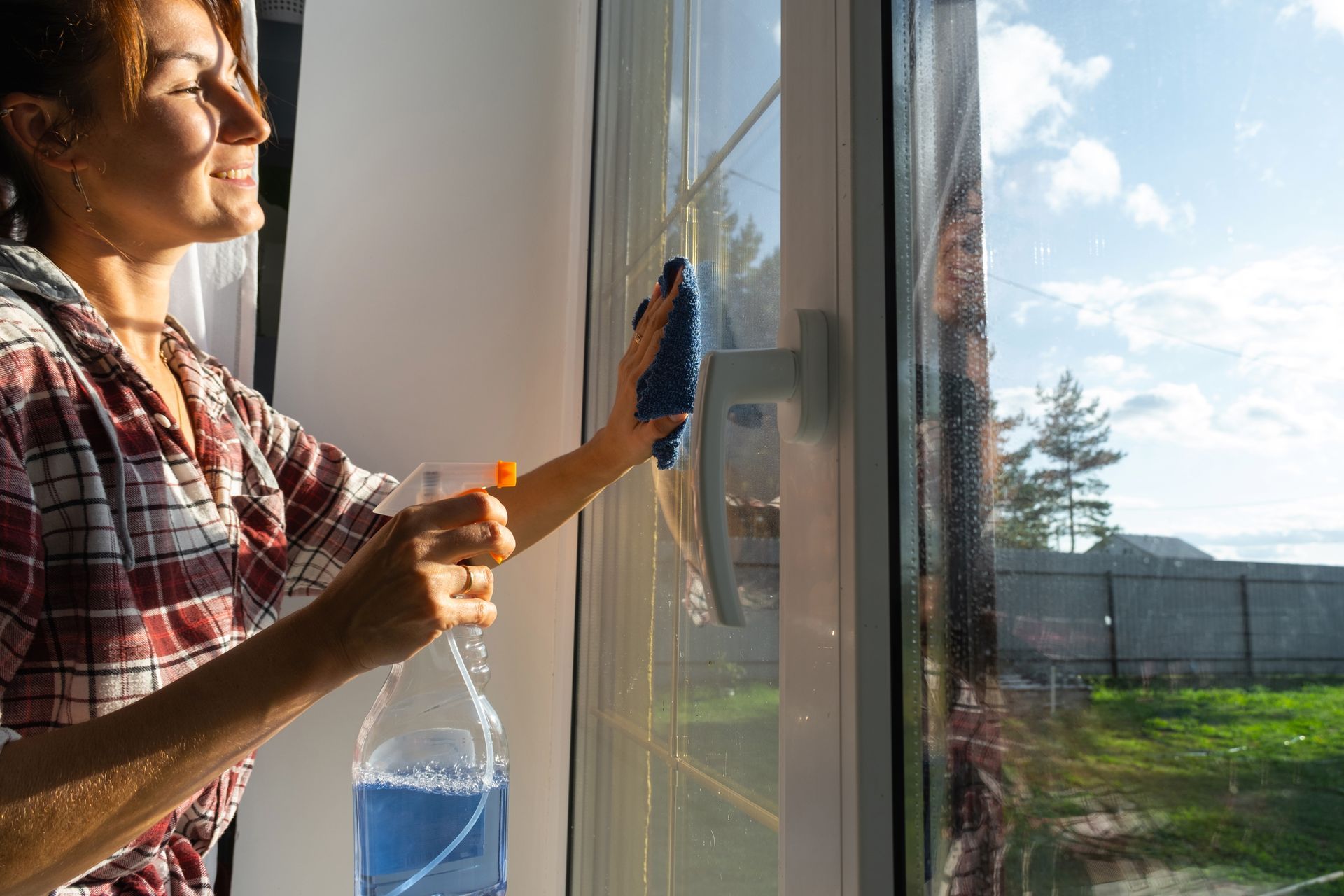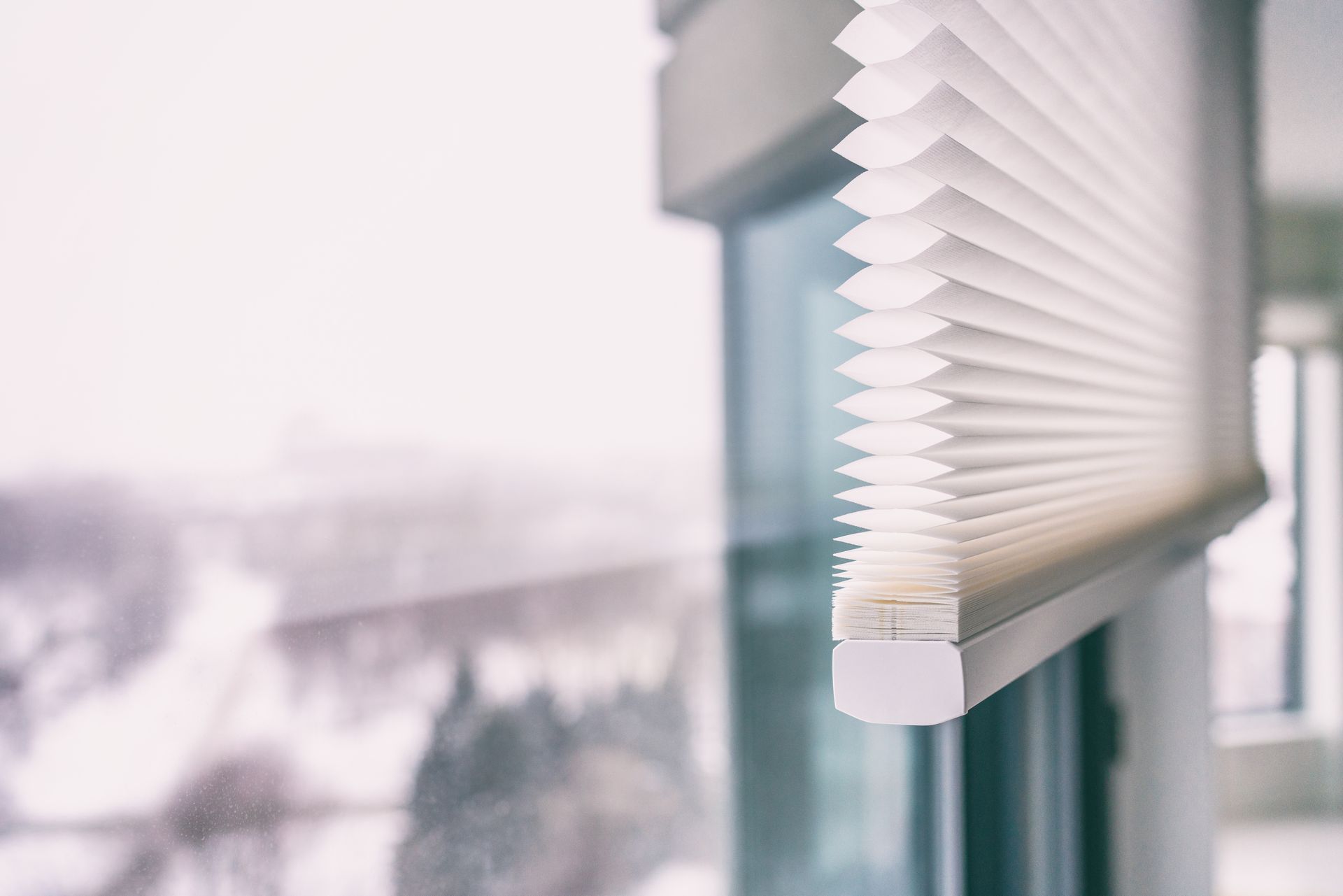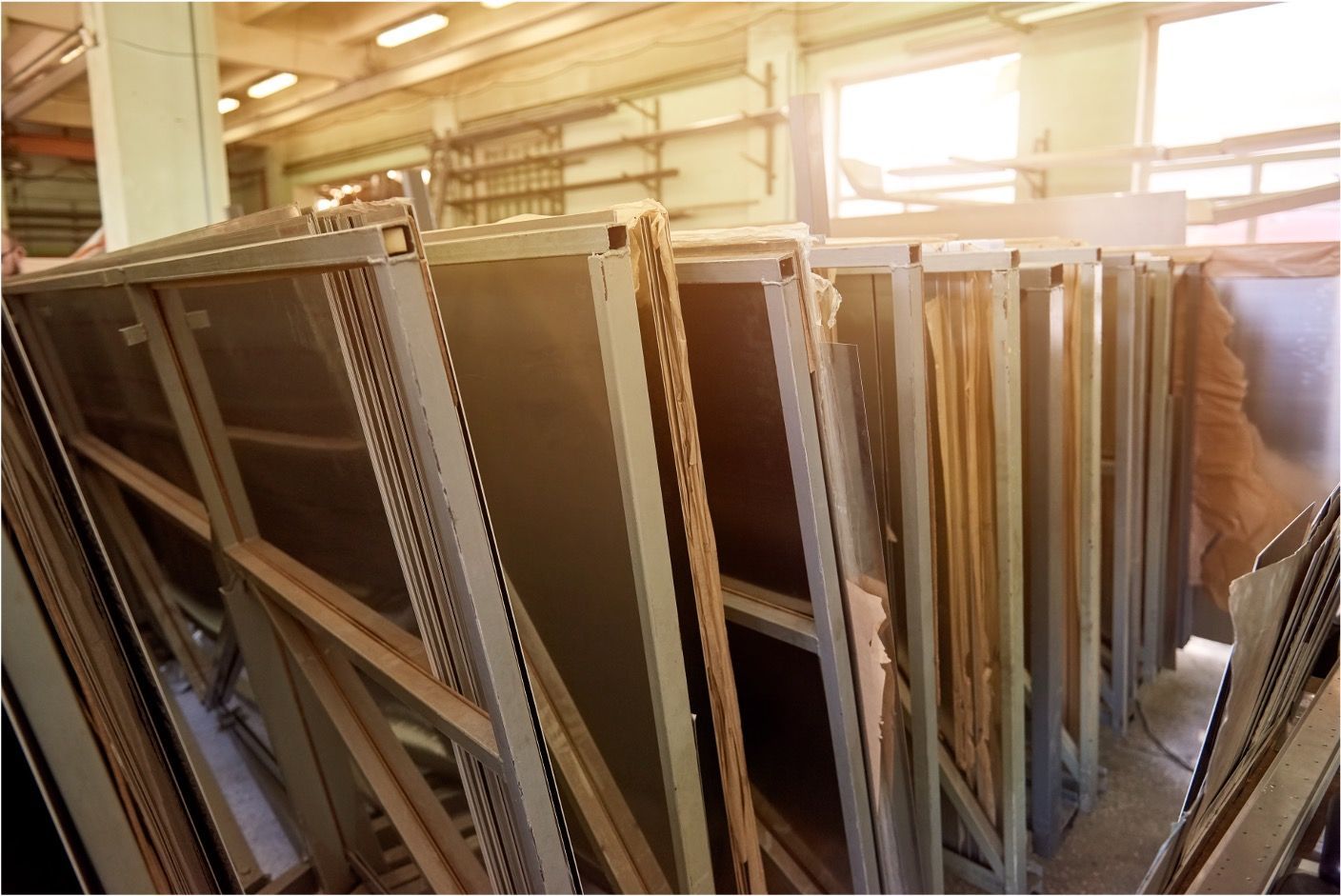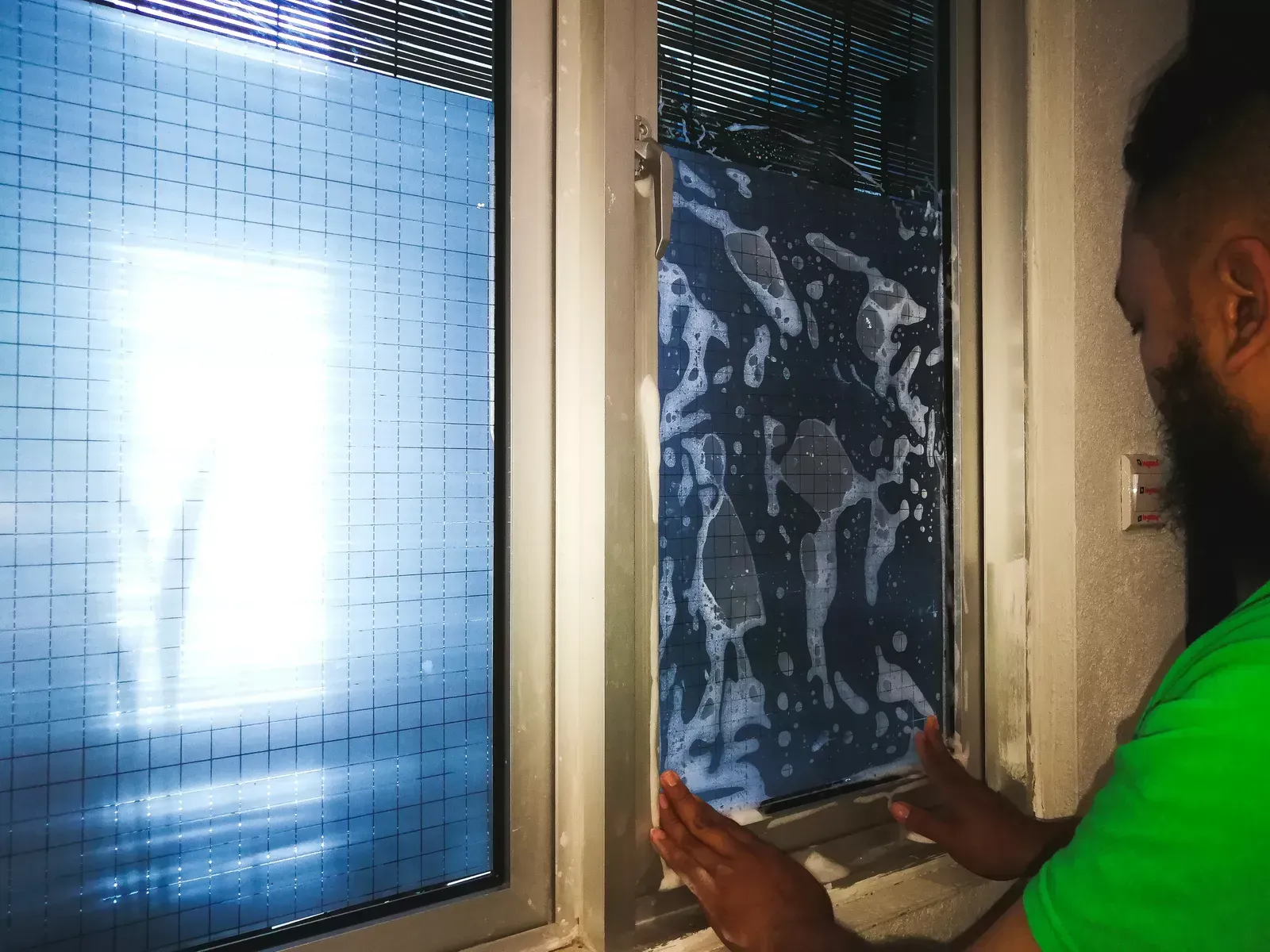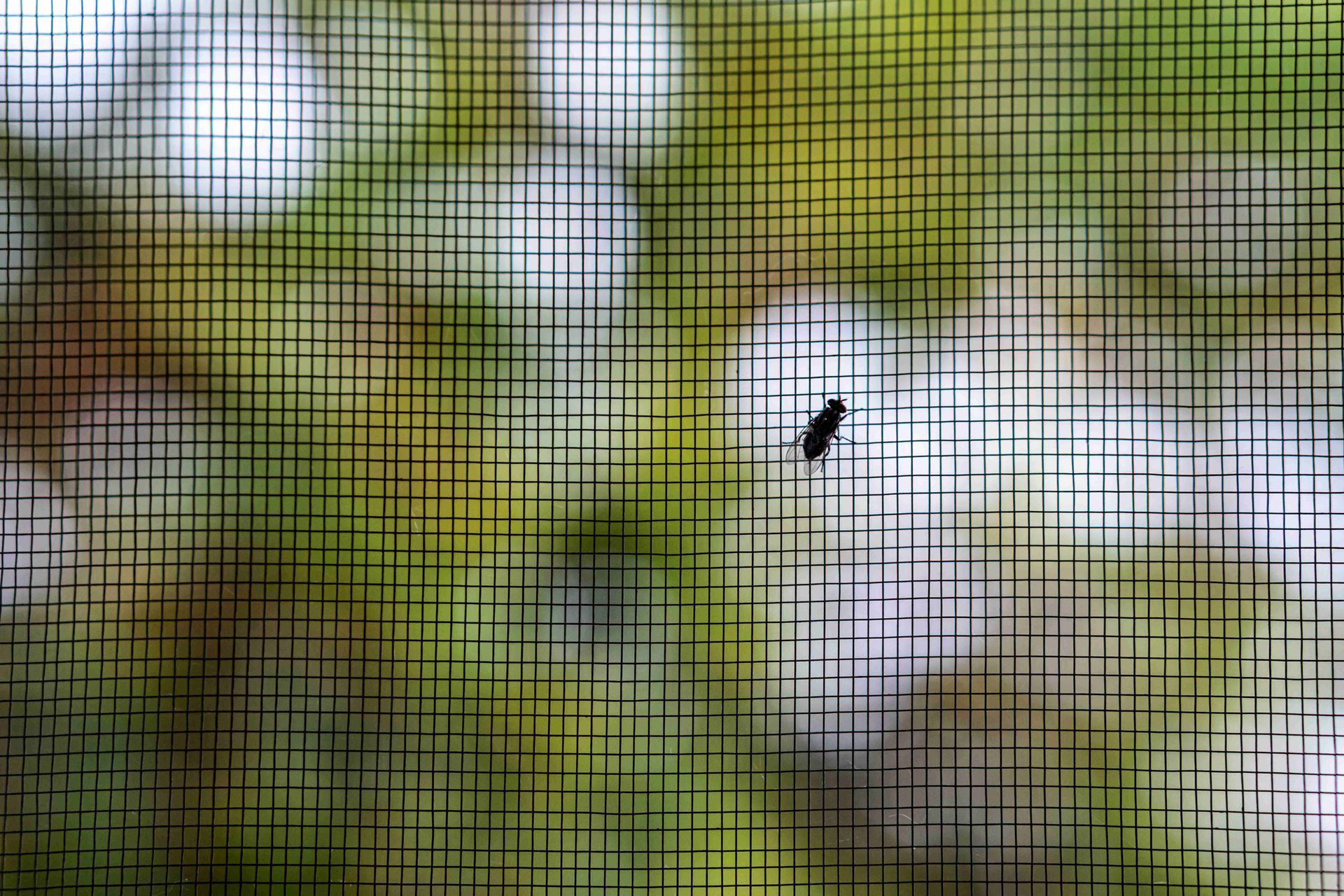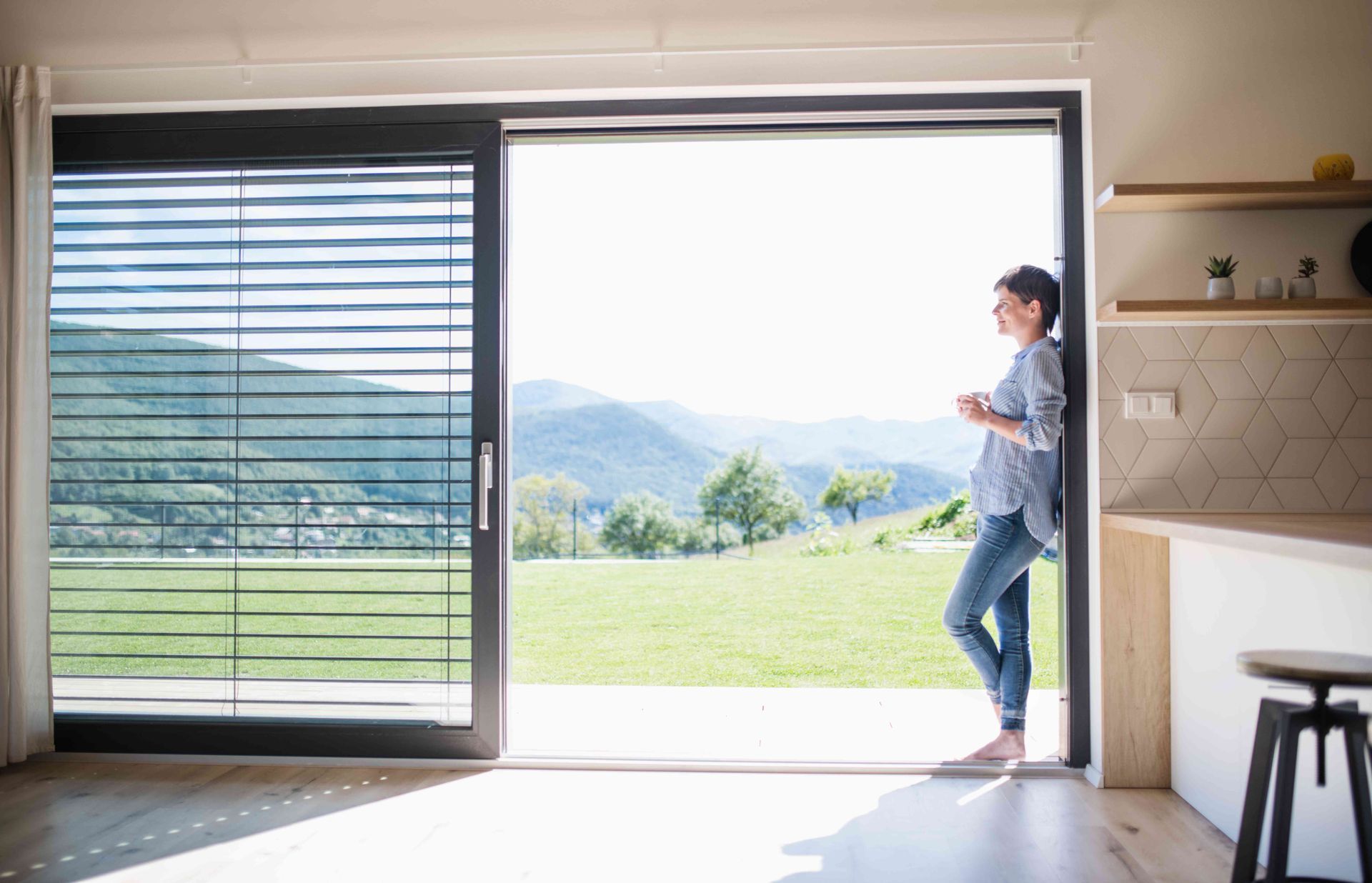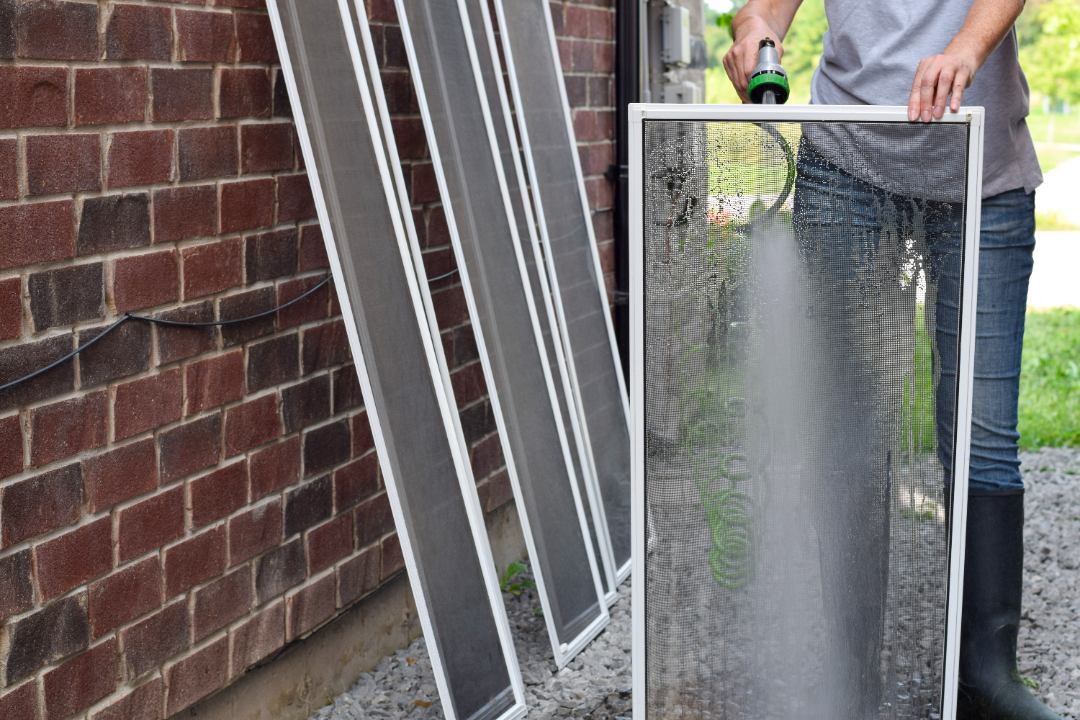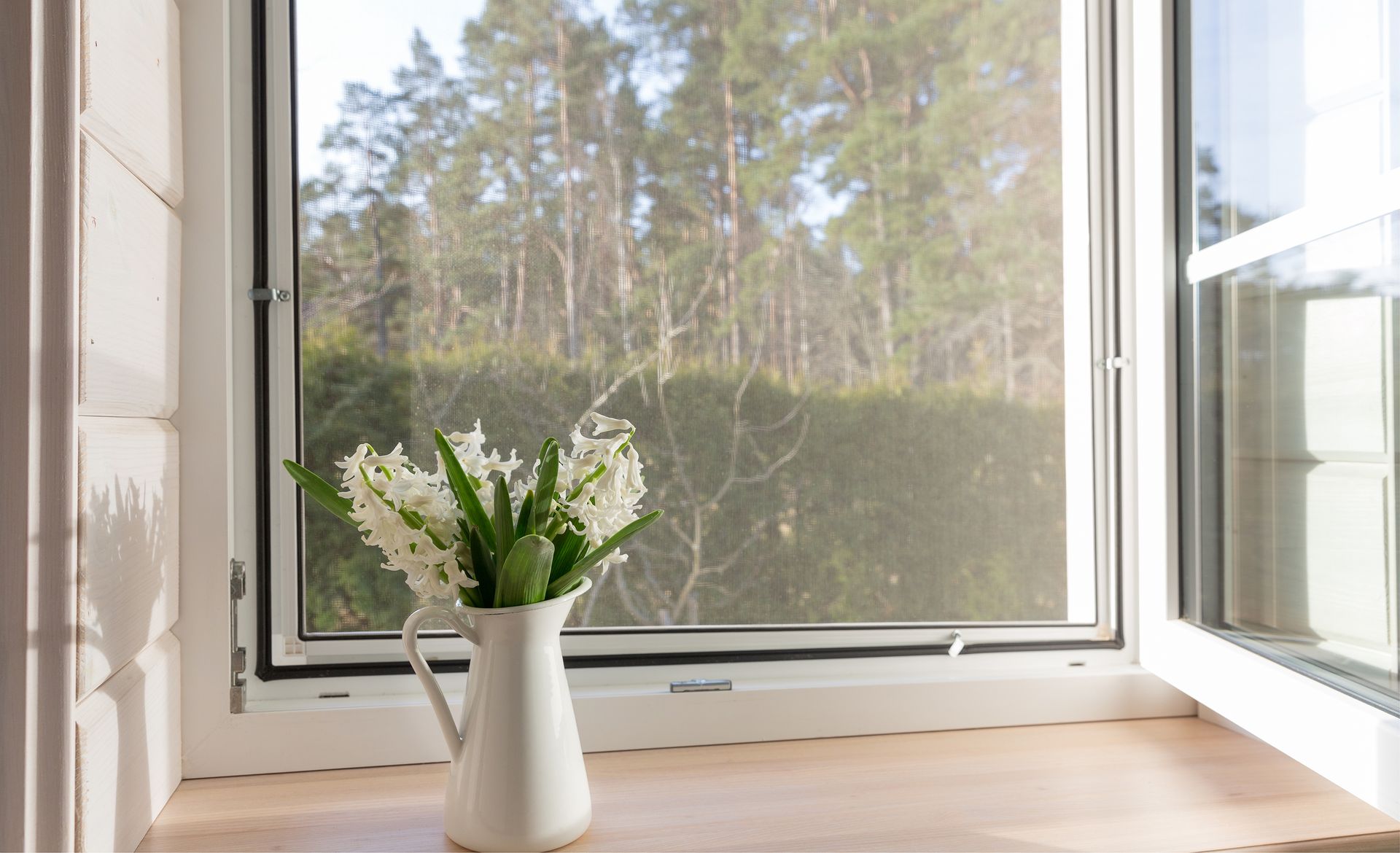Popular Types of Residential Window Covers for Your House
When it comes to enhancing the aesthetic appeal, privacy, and energy efficiency of a home, selecting the right
window covers is crucial. With a variety of options available, homeowners can choose window covers for their house that suit their style and functional needs. This article explores the most popular types of residential window covers, their benefits, and how to choose the best options for your home.
Benefits of Investing in Window Covers for Your House
Window covers serve multiple purposes beyond mere decoration. Here are some key benefits:
- Privacy: Window covers provide a sense of security by preventing outsiders from looking into your home.
- Light Control: They allow you to control the amount of natural light entering a room, reducing glare and protecting furniture from UV damage.
- Energy Efficiency: Certain window covers can help insulate your home, reducing heating and cooling costs.
- Aesthetic Appeal: Window covers enhance the decor of a room, adding style and elegance.
- Noise Reduction: Some window covers can help dampen outside noise, creating a more peaceful indoor environment.
Types of Window Covers for House
To help you make an informed decision, we have categorized the main types of window covers for houses, each with its unique features and advantages.
1. Blinds
Blinds are one of the most popular window covers, known for their versatility and functionality. They consist of horizontal or vertical slats that can be tilted to control light and privacy.
- Venetian Blinds: Made of metal, wood, or plastic, these horizontal slats are ideal for precise light control.
- Vertical Blinds: Perfect for large windows and sliding doors, these blinds are easy to operate and maintain.
- Mini Blinds: Similar to Venetian blinds but with narrower slats, offering a sleek look.
- Panel Blinds: These are great for large windows and can also be used as room dividers.
2. Shades
Shades are a softer alternative to blinds, made from fabric or other materials. They can be rolled or folded up.
- Roller Shades: Simple and functional, they come in a variety of fabrics and are ideal for minimalistic decor.
- Roman Shades: These shades fold up in pleats, adding a touch of elegance to any room.
- Cellular Shades: Also known as honeycomb shades, they provide excellent insulation and energy efficiency.
- Solar Shades: Designed to reduce glare and block UV rays while maintaining an outside view.
3. Curtains and Drapes
Curtains and drapes add a touch of elegance and sophistication to any room. They come in a wide range of fabrics, colors, and patterns.
- Sheer Curtains: Made from lightweight fabric, they allow natural light to filter through while providing a degree of privacy.
- Blackout Curtains: Ideal for bedrooms and media rooms, they block out light completely.
- Thermal Curtains: These are designed to insulate windows, helping to keep your home warm in the winter and cool in the summer.
- Decorative Drapes: Often used in formal settings, they add a luxurious feel and can be paired with other window covers for a layered look.
4. Shutters
Shutters are a durable and stylish option, often made of wood or synthetic materials.
- Plantation Shutters: Featuring wide louvers, they provide excellent light control and add a classic look to any home.
- Cafe Shutters: These cover only the bottom half of the window, allowing for privacy while letting in natural light.
- Full-Height Shutters: These cover the entire window and are great for rooms where you want maximum privacy and light control.
5. Window Films
Window films are an innovative and versatile option for modern homes. They are applied directly to the glass and come in various styles and functionalities.
- Tinted Films: Reduce glare and heat while offering privacy.
- Frosted Films: Ideal for bathrooms and offices, they provide privacy without blocking light.
- Decorative Films: These films come in various patterns and designs, adding a unique touch to your windows.
6. Valances and Cornices
Valances and cornices are decorative window treatments that can be used alone or paired with other window covers.
- Valances: Fabric coverings that sit at the top of the window, adding a decorative touch.
- Cornices: Structured boxes covered with fabric or wood, providing a polished look.
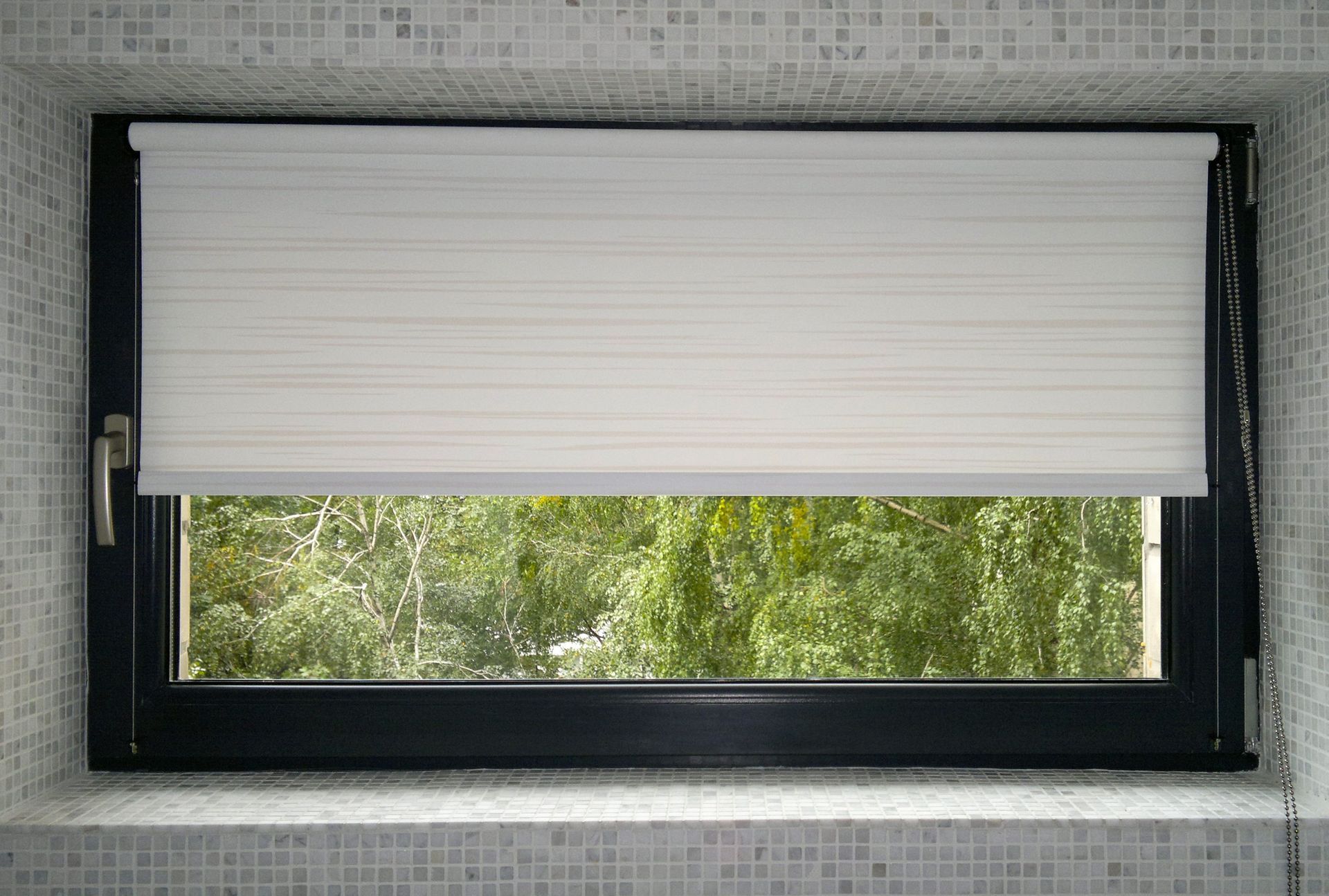
Looking to Install New Window Covers? Contact Screen Master Today
Choosing the right window covers for your house is essential for enhancing both the functionality and aesthetics of your home. From blinds and shades to curtains and shutters, there is a wide range of options to suit every style and need.
At
Screen Master, we understand the importance of high-quality window covers. Our
mobile window and door screen service offers a diverse selection of window covers for residents of
Los Angeles County. Whether you're looking to improve privacy, control light, or enhance your home's decor, we have the perfect solution for you.
If you live in or around Los Angeles and are considering new window covers for your house,
contact us at Screen Master. Our expert team is here to help you choose and install the best window covers for your home. Get started today and experience the difference high-quality window covers can make.
FAQs
